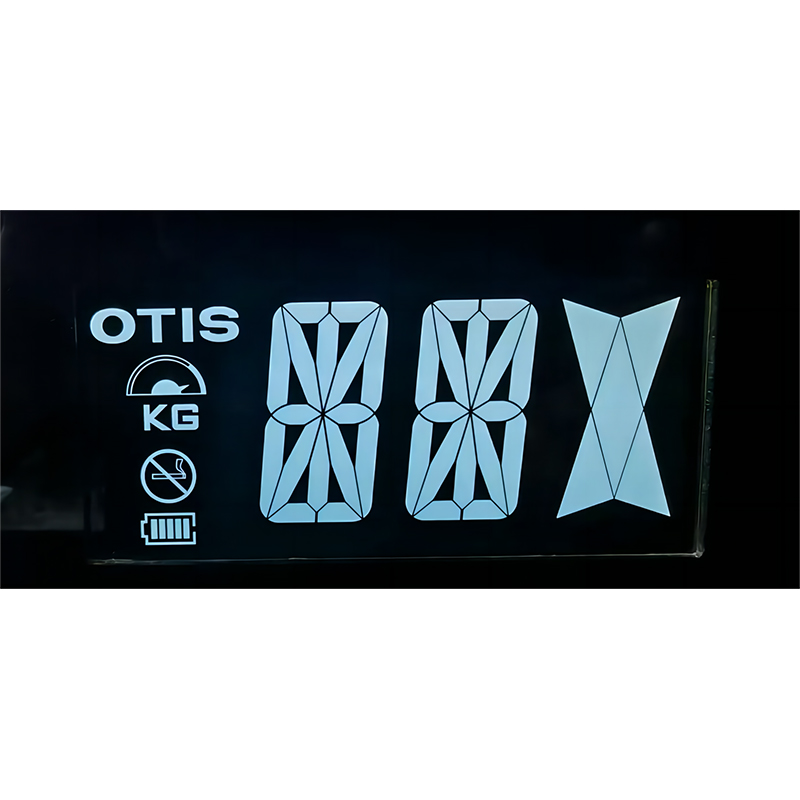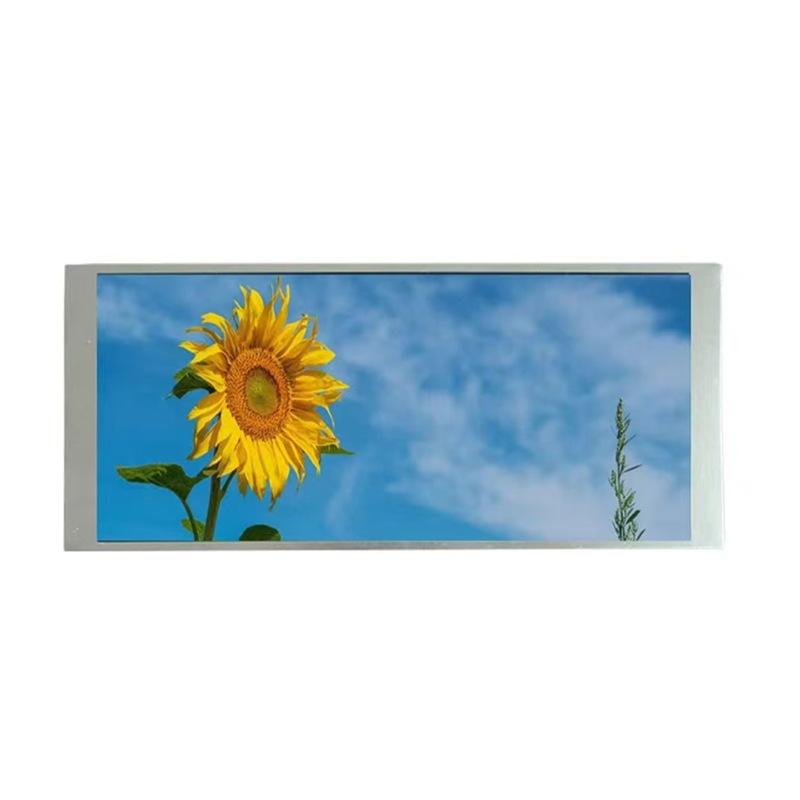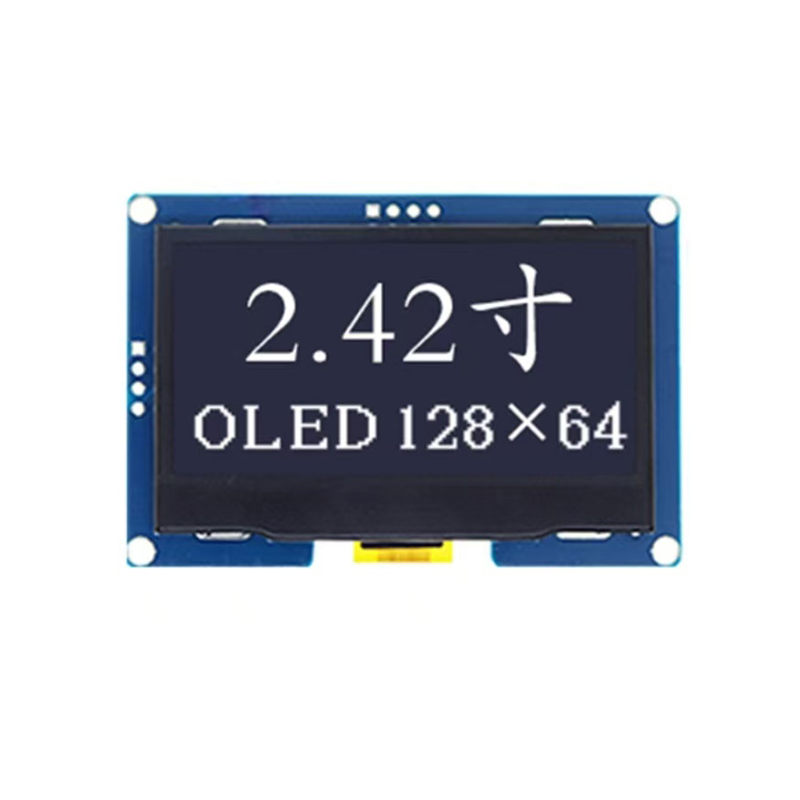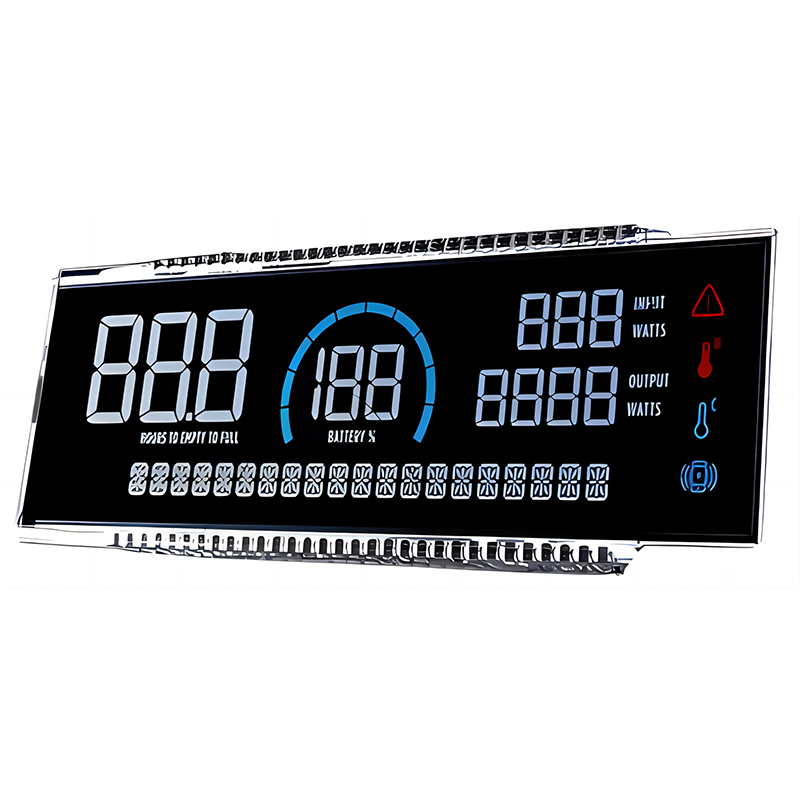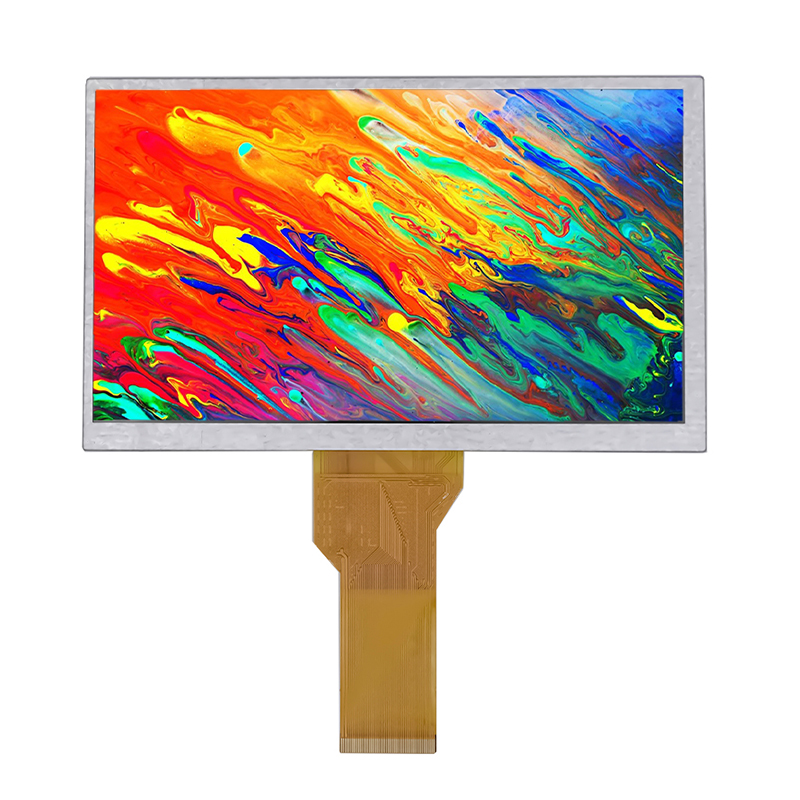The Best Raspberry Pi LCD Screens: A Comprehensive GuideChoosing the right Raspberry Pi LCD screen can significantly enhance your project's functionality and user experience. This guide provides a comprehensive overview of available options, helping you select the perfect display for your needs. We'll cover various screen sizes, resolutions, interfaces, and crucial considerations to make an informed decision. From basic setups to advanced applications, we aim to equip you with the knowledge needed to seamlessly integrate a display into your next Raspberry Pi project.
Understanding Raspberry Pi LCD Screen Options
Screen Size and Resolution
The first crucial decision is the screen size and resolution. Smaller screens (e.g., 2.8-inch, 3.5-inch) are ideal for portable or compact projects, offering excellent readability for smaller interfaces. Larger screens (e.g., 7-inch, 10.1-inch) provide more real estate for complex applications, such as media centers or dashboards. The resolution directly impacts image sharpness and detail; higher resolutions generally result in crisper visuals, but also demand more processing power. Consider the intended use and your Raspberry Pi model's capabilities.
Interface Types
Raspberry Pi LCD screens typically use various interfaces, including SPI, I2C, and parallel interfaces. SPI (Serial Peripheral Interface) is commonly used for its flexibility and relatively low pin count. I2C (Inter-Integrated Circuit) is another popular option, known for its simplicity and ease of use. Parallel interfaces offer higher bandwidth but generally require more GPIO pins. The choice depends on the
Raspberry Pi model, available GPIO pins, and desired data transfer speeds. Check your chosen screen's specifications to ensure compatibility with your
Raspberry Pi.
Touchscreen Capabilities
Many
Raspberry Pi LCD screens offer touchscreen functionality, enhancing user interaction. Touchscreens provide a more intuitive interface, ideal for applications requiring direct user input, such as control panels or interactive displays. However, touchscreens usually increase the overall cost and may require additional configuration and calibration. Determine if a touchscreen is essential for your project's functionality.
Power Consumption
Power consumption is a crucial factor, particularly for portable projects. Different screens consume varying amounts of power; selecting an energy-efficient screen can significantly extend battery life. Refer to the manufacturer's specifications to determine the power draw before making your purchase.
Top Raspberry Pi LCD Screen Recommendations
This section will not provide specific product recommendations due to the rapidly changing market. However, when choosing a screen, research reputable manufacturers and prioritize those with detailed specifications, positive user reviews, and readily available support resources. Look for screens compatible with your specific Raspberry Pi model and operating system.
Connecting Your Raspberry Pi LCD Screen
Connecting the
Raspberry Pi LCD screen involves several steps:1. Hardware Connection: Carefully connect the screen's data cable to the appropriate GPIO pins on your
Raspberry Pi.2. Software Configuration: Install the necessary drivers and configure your
Raspberry Pi's operating system (such as Raspbian) to recognize and utilize the connected screen. The specific steps vary depending on the screen model and interface type. Refer to the screen's documentation for detailed instructions.3. Testing and Calibration: After successful connection, verify that the display works correctly. Touchscreen models might require calibration for optimal accuracy.
Troubleshooting Common Issues
If you encounter issues during setup or operation, consult the manufacturer's troubleshooting guide or online forums. Common problems include incorrect wiring, driver conflicts, and resolution mismatches.
| Feature | Considerations |
| Screen Size | Project size and complexity |
| Resolution | Image clarity and Raspberry Pi processing power |
| Interface | Raspberry Pi model and GPIO pin availability |
| Touchscreen | User interaction needs and budget |
Remember to always consult your chosen screen's documentation for detailed setup and usage instructions. For a wide selection of high-quality LCD screens, consider exploring
Dalian Eastern Display Co., Ltd.Disclaimer: This guide provides general information and is not an exhaustive resource. Always refer to the manufacturer’s specifications and documentation for your specific Raspberry Pi LCD screen.



